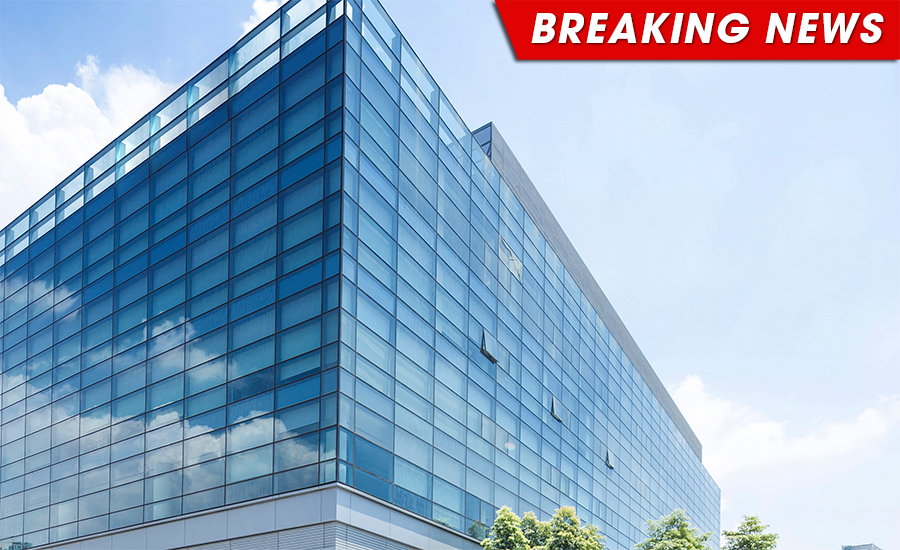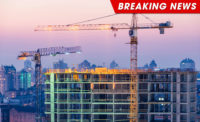Global BIM software developer Vectorworks Inc., which is dedicated to educating and inspiring the design community, announces the next two installments of its Art in Architecture webinar series where attendees can earn Continuing Education credits. On Tuesday, April 5, 2016 at 2 p.m. ET, episode eight of the series, "Post-Preapocalyptic Architecture: 1965-1985," will premiere. Episode nine, "PoMo Interdictive Architecture: 1985-2005," will go live on Tuesday, May 10, 2016 at 2 p.m. ET. Both episodes offer viewers who attend the live airing the opportunity to earn 1 AIA LU each. Those who watch the webinar on-demand can take an associated test after viewing to still earn 1 AIA LU.
"Based on the popularity of our webinar 'Atomic Architecture in America: 1945-1965,' we decided to continue our journey through time, moving from modern to post-modern and then from deconstructivism into today's highly expressive designs," said Steve Alden, AIA, host of the Art in Architecture series and architectural thought leadership director at Vectorworks.
During the "Post-Preapocalyptic Architecture: 1965-1985" webinar, Alden will dissect the shift from the stripped-down functionalism of modern design toward the diverse aesthetics, ornamentation and symbolism of the post-modern movement, examining the work of many of this period's renowned architects, ranging from Robert Venturi and Philip Johnson to Michael Graves and Charles Gwathmey. Learning objectives for this webinar include:
- Recognize the transition from modernist buildings to those belonging to the post-modern or neo-eclectic movements.
- Assess the lasting impact of architects like Paul Rudolph, Jon Jerde and others.
- Discuss the social and theoretical arguments both for and against modernism and post-modernism.
- Explain the common concepts and expressions of the post-modern movement, including sculpture, anthropomorphism, pluralism and contextualism.
Continuing this exploration, the "PoMo Interdictive Architecture: 1985-2005" webinar will delve into the maturing response to the post-modern movement. Enabled by the precision of computers, this era of design is marked by experimentation in shape and structure, using technology to push the limits of what a building can become and forging a sense of style through the totality of a form rather than its individual elements. Learning objectives for the webinar include:
- Differentiate among the works of the time period’s prominent architects, such as Richard Meier, Thom Mayne and Renzo Piano.
- Discover the role that technology plays in the emergence of new, high-tech design.
- Discuss the historic influence of past architectural masters on today’s new breed of designers.
- Assess the potential impact of current design trends on future architectural movements.
"In the April 5 webinar, we will explore why architects of the mid 60s to the mid 80s lost faith in the pure aesthetic of modern design and created a new movement charged with symbolism and meaning. Then in the following episode on May 10 comes deconstructivism, an intellectual rejection of the perfectionist tendencies of post-modernism," Alden added. "This leads us to today’s designers, empowered by technology, rebelling against expectations, taking risks and having fun."
Register for the "Post-Preapocalyptic Architecture: 1965-1985" webinar at the link here and sign up for "PoMo Interdictive Architecture: 1985-2005" here.
Subscribe to the Vectorworks Inspiration Page to stay up-to-date on upcoming Continuing Education opportunities.



